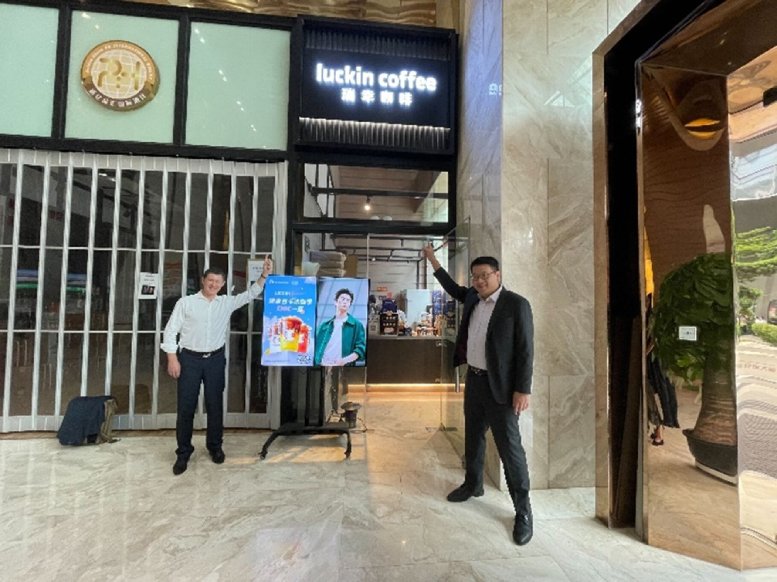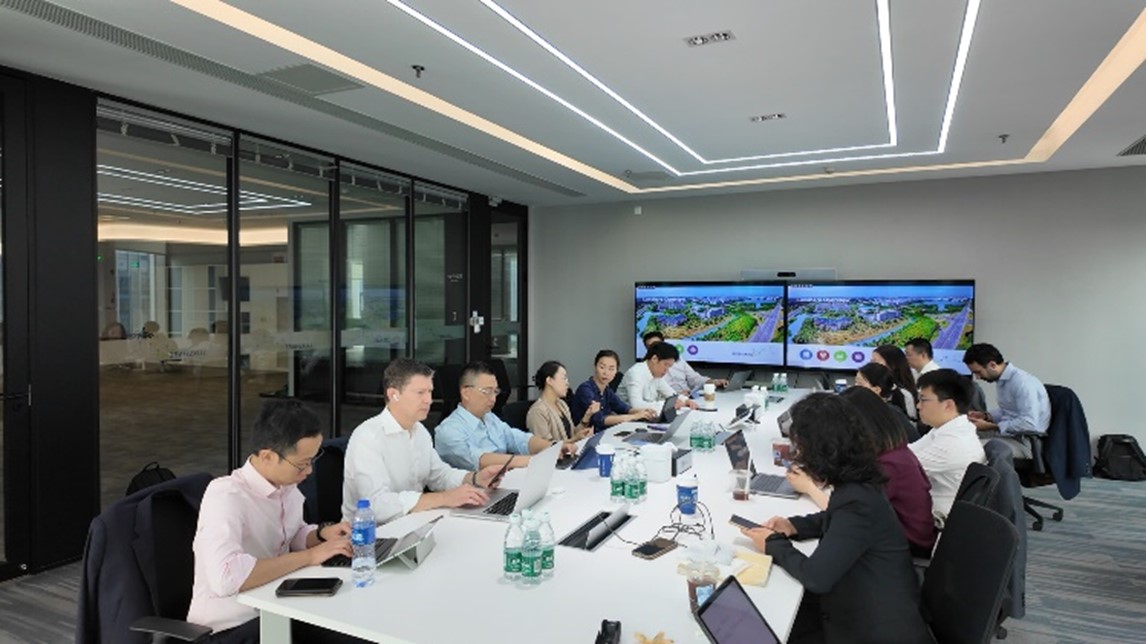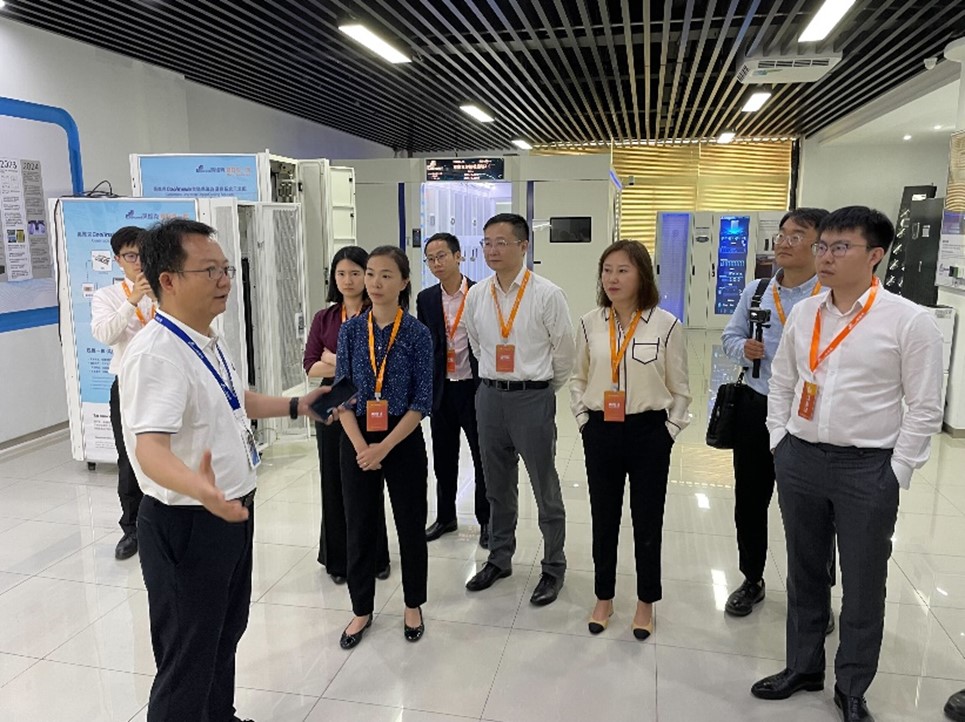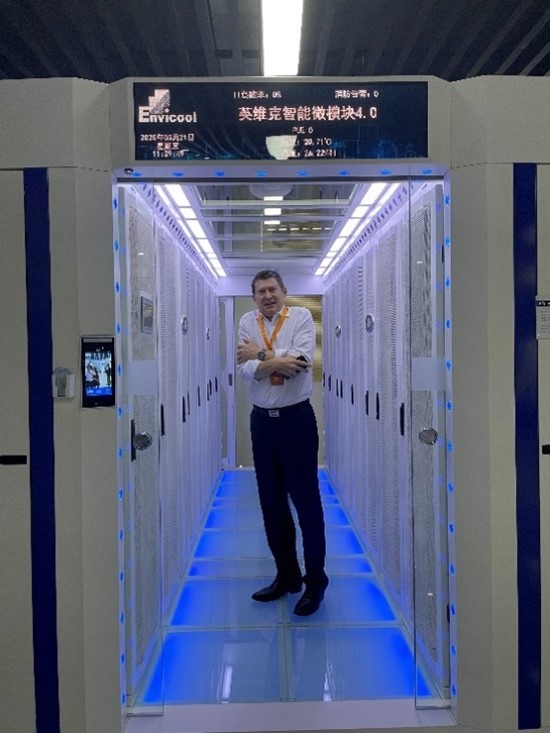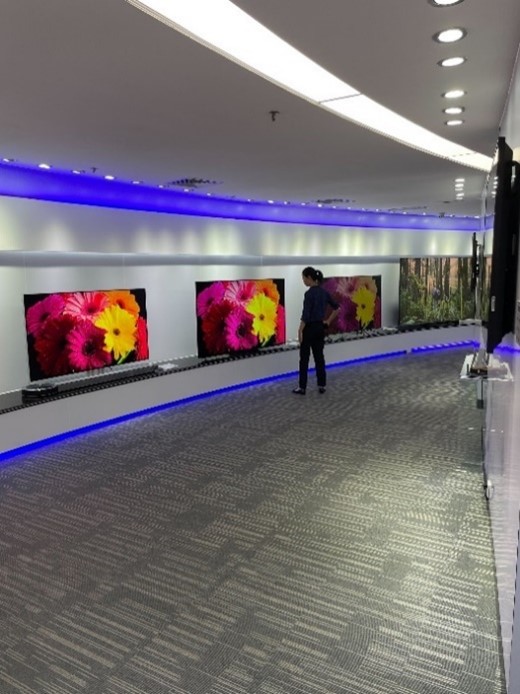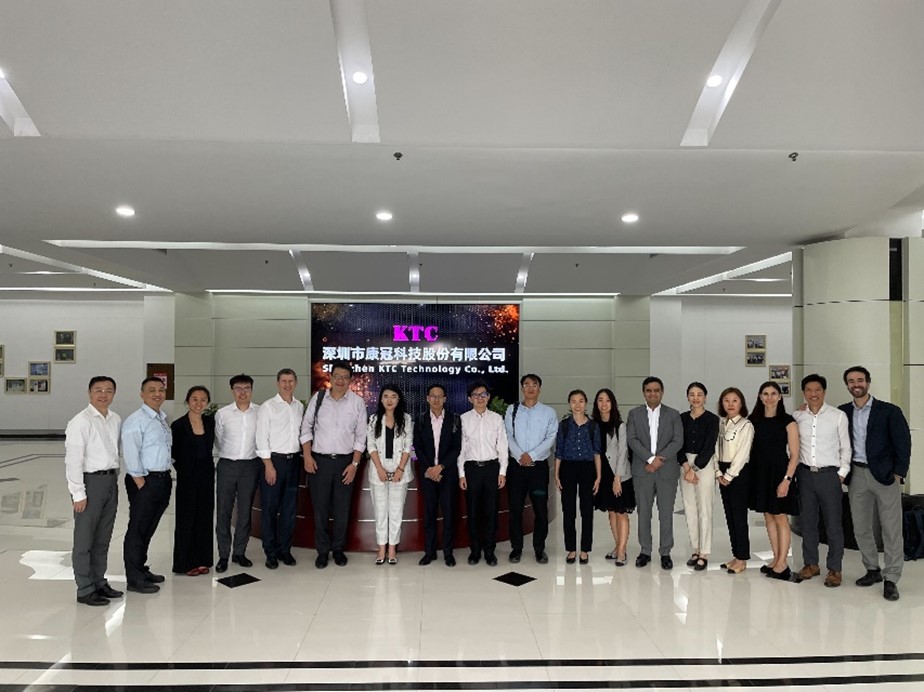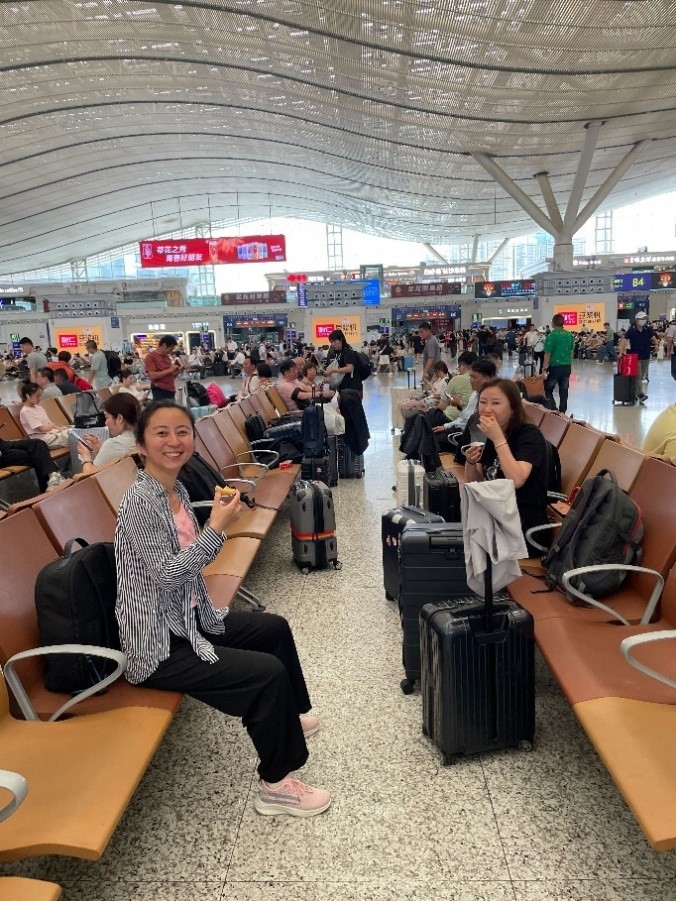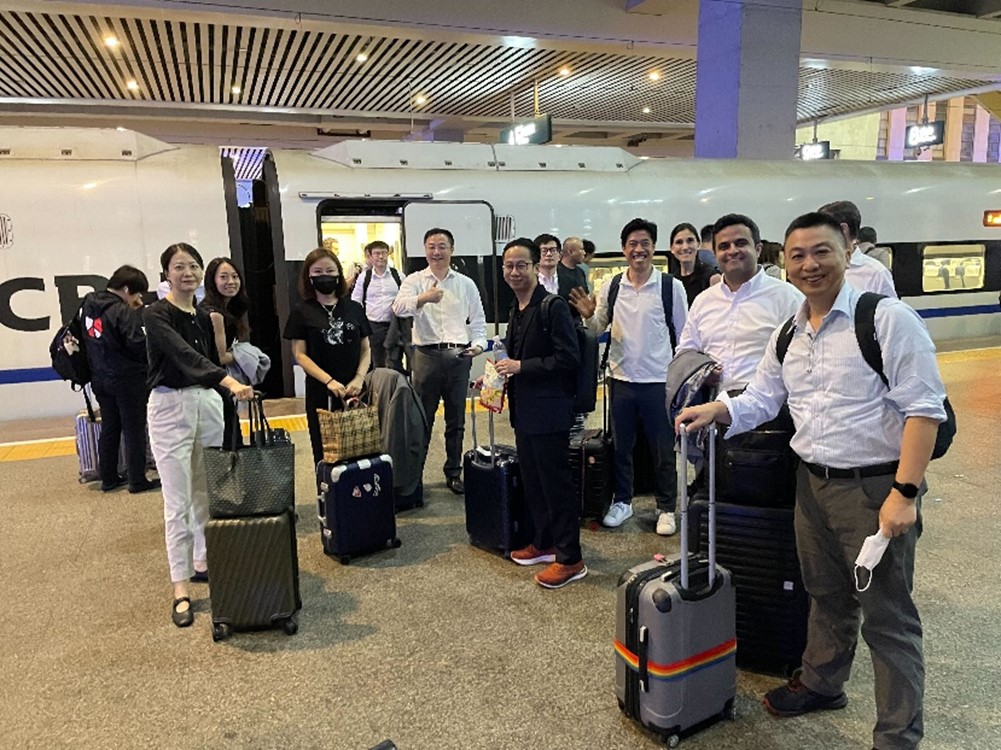Our first meeting in Shenzhen today was with Luxshare, a key Apple supplier and a company that, at least on paper, sits squarely in the crosshairs of U.S. tariffs and tech decoupling. But management was calm and well-prepared — none of this was a surprise. In the short term, the impact is minimal: the 90-day suspension of tariffs, combined with Apple’s strategic shift to assemble most U.S.-bound iPhones in India, means Q2 guidance remains unchanged. Luxshare confirmed that from April onwards, the majority of iPhones destined for the U.S. are now assembled in India, with China handling non-U.S. orders. It’s a clever workaround that underscores how global supply chains have already adapted to geopolitical risk.
Looking further out, Luxshare expects the current “China +1” model for China’s export customers to evolve into a more fragmented “China + N” strategy, where production is spread across multiple countries. For Luxshare, it probably means accelerated global capex, especially in Southeast Asia and the auto segment, in the next couple of years. Combined with stranded assets in China, this development implies lower return on assets overall for many industries. Over the long term, they believe supply chains will consolidate around a few large players who can afford to operate globally — and Luxshare intends to be one of them. Interestingly, while the company hasn’t seen major labor shifts in China, they noted a spike in labor costs in Vietnam, as exporters rushed to front-load orders during the tariff suspension. The broader takeaway? Chinese manufacturers have been quietly preparing for this moment for years, and while the road ahead is complex, they’re not scrambling — they’re executing.
